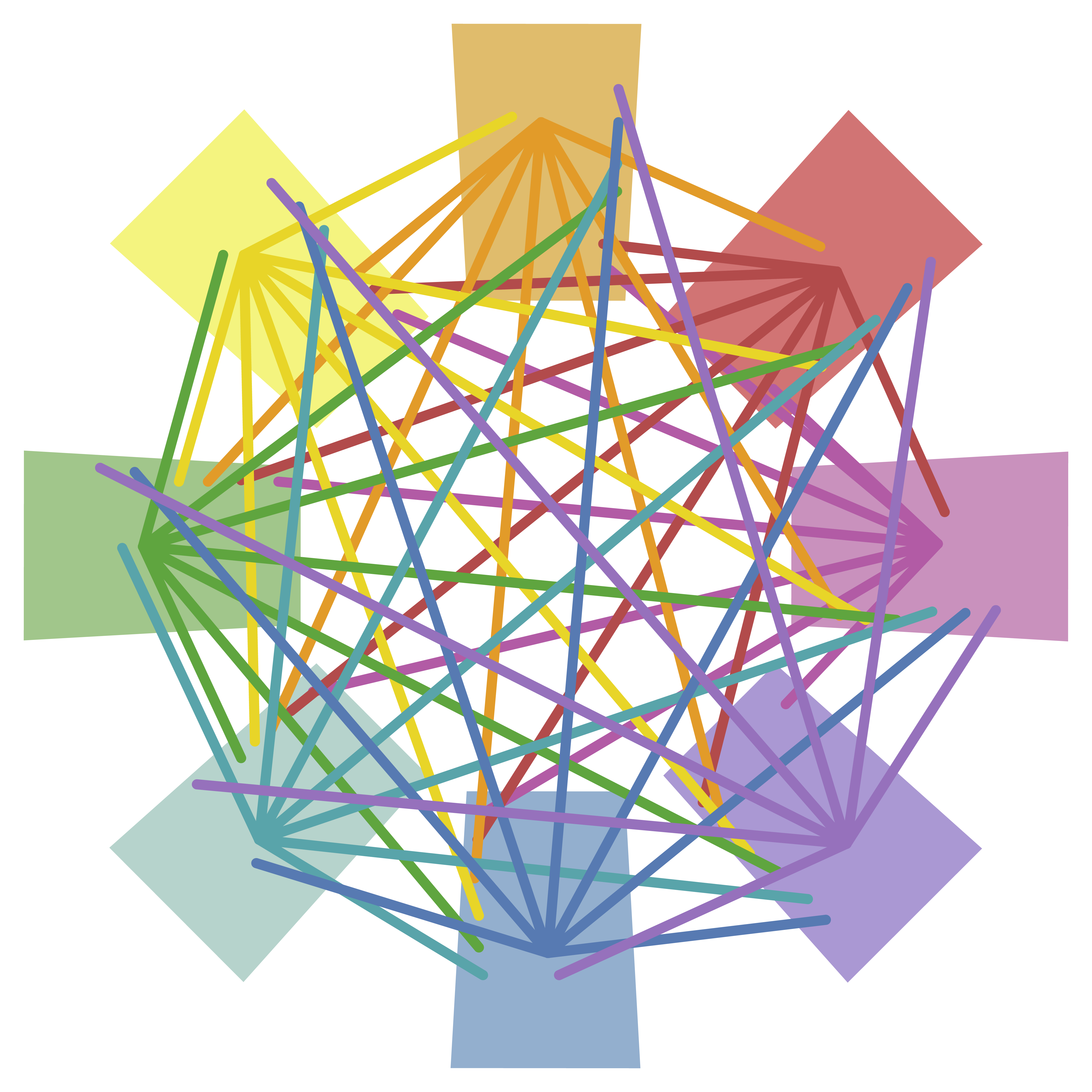Card

Detective Board
This instructional strategy turns the classic corkboard and string into a tangled, three-dimensional visualization of connections across multiple topics.
Detective Board
Summary
Inspired by the corkboards used by detectives, this strategy has students mapping connections between different posters using yarn and tape. The students can do this on posters that you will provide them, or they can generate their own posters to help them construct an additional level of knowledge.
Procedure
Before class begins, hang posters on the walls, or on one wall if you prefer. These can be posters with information related to the lesson of your own design, or you can have students generate Anchor Charts on blank poster paper during class. If you choose the latter, have students complete the posters before moving forward.
Divide students into groups equally based upon the number of posters present. For example, in a class of twenty students with five posters, each group would have four students.
Instruct students to read everything on their poster and come to an understanding of the content. Once all of the groups have finished, instruct them to rotate clockwise to the next poster and repeat the process. You may want to ask your students to take notes on a piece of scrap paper, so that they can keep track of the similarities between ideas throughout the activity.
Once students arrive back at their original poster, give each group a roll of tape, a skein of yarn, and a pair of scissors. Tell the students if there was something that two different posters have in common, they should connect the ideas with yarn.
Instruct them to tape one end of the yarn to the text of the first idea, then unspool the yarn across the classroom (or the wall) until they can reach the other poster to affix the other end. Student groups should not make the same connections that other groups have already made.
When they have finished, the end result should be a weblike array of yarn that resembles a three-dimensional corkboard a detective would use in solving a case.
Allow each group to share the connections they made with the rest of the class.
If you have students with height or mobility issues, you might consider having the posters on desks instead of the walls so students can navigate on the periphery of the yarn connections.




